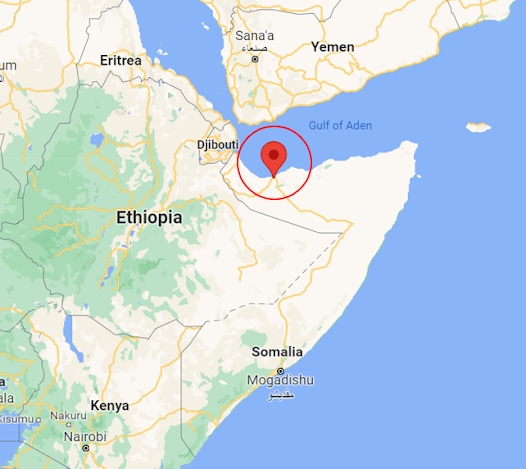Genetic Modification: Mitigating Drought in Ethiopia (Part II)
Last week I explored potential gains to be made from TELA maize and the mainstream commercialisation of GMOs in Ethiopia. This post will consider the downsides and future of this technology.
No Perfect Solution
Like anything, GMOs do not come without their downfalls.
Although GMOs can increase productivity and make agriculture more sustainable, their benefits are not always felt equitably. Studies have found that in Ethiopia, most agricultural investment goes to large state-owned farms which comprise only 5% of all producers. Moreover, only state farms receive subsidies for GM crops. These factors prevent smallholder "peasant" farmers from accessing improved seed varieties, entrenching socio-economic inequalities. If GMOs are going to be commercialised at scale not only in Ethiopia but across Africa, accessibility must be improved through lower costs.
Despite this "biotechnology bias", investment and subsidies for state-owned farms can increase national food production through improved yields and thus mitigate food insecurity per capita in the country. But still, per capita measurements mask internal variations within the population whereby small holder farmers remain more food insecure.
Going Forward
The future of GMOs in Ethiopia is highly reliant on institutional regulation and implementation methods. Even though there is no documented evidence of risks to human health or the environment posed by approved GMOs, activist groups, subsistence and smallholder farmers worry about high costs and the potential effects on neighbouring plant species. The introduction of GMOs at scale must therefore come with assurance that it will create opportunities, not issues.
There is evidence of substantial gains to be made from adopting GMOs, notably through increased land productivity. In Uganda alone, TELA trebled maize yields between 2005 and 2019. Moreover, Gouse et al. (2006) found increased incomes amongst South Africa's poorest farmers were largely attributed to the adoption of GM maize. These successes suggest there is potential for Ethiopia to close the economic gap between state and peasant farmers as well as raise maize yields to mirror those of the world average. Genetic modification could also be used to improve crops' nutritional content and address acute Vitamin A deficiency nationwide.
Although GMOs could help reduce the effects drought, their efficacy may waver over time. As droughts become more extreme, further modifications may be necessary to tolerate more than just moderate drought as done by TELA maize. This is also important during El Niño when droughts are exacerbated due to an acute lack of rainfall. Furthermore, GMOs must be developed to suit specific climatic conditions: no single crop can be hailed as a cure-all solution to national or even continental-food security woes. As such, Ethiopian politicians have emphasised the importance of developing and empirically testing GM technologies at home, as done with TELA.
It is not yet entirely clear what future GMOs will have in Ethiopia. But as droughts intensify per half-a-degree of warming and El Niño events become more severe, it may no longer be a case of if, but when they will be commercialised out of necessity.


I agree with your point that the future of GMOs in Ethiopia is reliant on institutional regulation and implementation methods. Given that there is no evidence of risks to human health or the environment posed by GMOs, do you think we will see an increasing number of countries across Africa choosing to adopt GMO crops and invest in GMO technologies. Or do you think Europe's refrain and worry over GMO crops will hinder this?
ReplyDeleteHi Claudia! Thank you for your comment. I do think GMOs have a promising future in many nations African nations, especially due to their potential to mitigate the effects of drought. If commercialised, it is important that they are developed to suit the specific needs and environments of individual nations.
DeleteGiven that the evidence currently shows GMOs pose no risk to human health and have been commercialised elsewhere (e.g. maize, soybeans, cotton in South Africa), I think other countries may soon follow.